Little Known Secrets About Altered Documents in Legal Cases
To register for the upcoming live webinar, please Click Here

Forensic document examiners are often retained to determine whether a document has been altered. Alterations are made in many ways. The person making the alteration believes they are clever enough to avoid detection. Usually, they leave traces of their misdeeds behind.
This presentation offers an overview to attorneys to different types of alterations encountered by document examiners and methods of detecting the alterations.
- Altered documents deeds filed with the county recorder
- Alteration of a mortgage document
- Is the PDF document legitimate
- Tools used by forensic document examiners to look for alterations
- Alteration of Computer-generated documents
- Why must the document examiner be able to distinguish computer generated documents? Discovery of cut-and-paste signatures
- Alteration of medical records
- Alteration of email
- Is the Word document as purported?
- Examining signatures written on digital tablets
- Tools used by document examiners in non-handwriting examinations
- The future of forensic document examination
To register for the upcoming live webinar, please Click Here
More Webcasts

What Should I Do? â€...
"I think he drinks too much - but he's my boss!" “She's the firm's rainmaker, but something i...
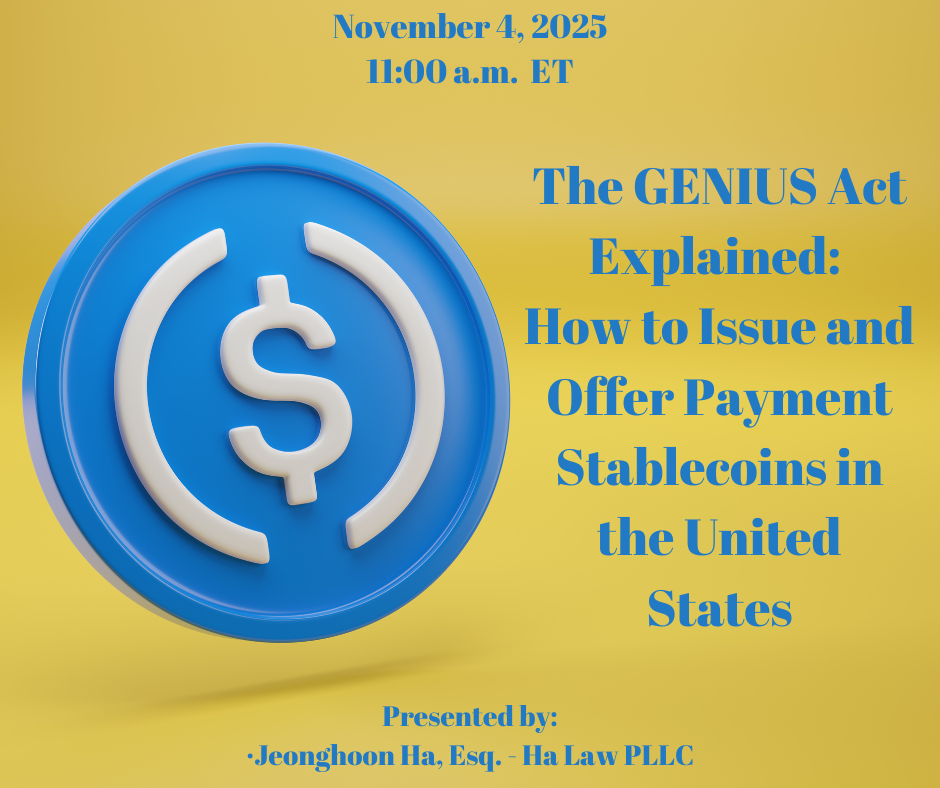
The GENIUS Act Expla...
The GENIUS Act — signed into law on July 18, 2025 — marks the first comprehensive U.S. l...
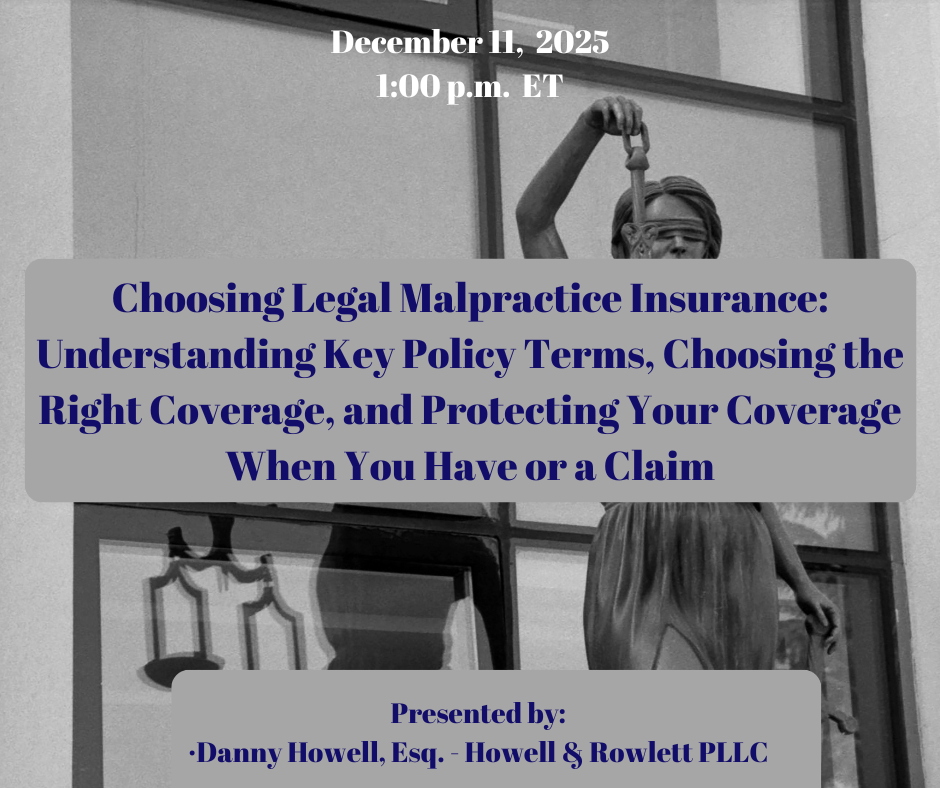
Choosing Legal Malpr...
This one-hour program will look at the key differences in policies available in the marketplace, dif...
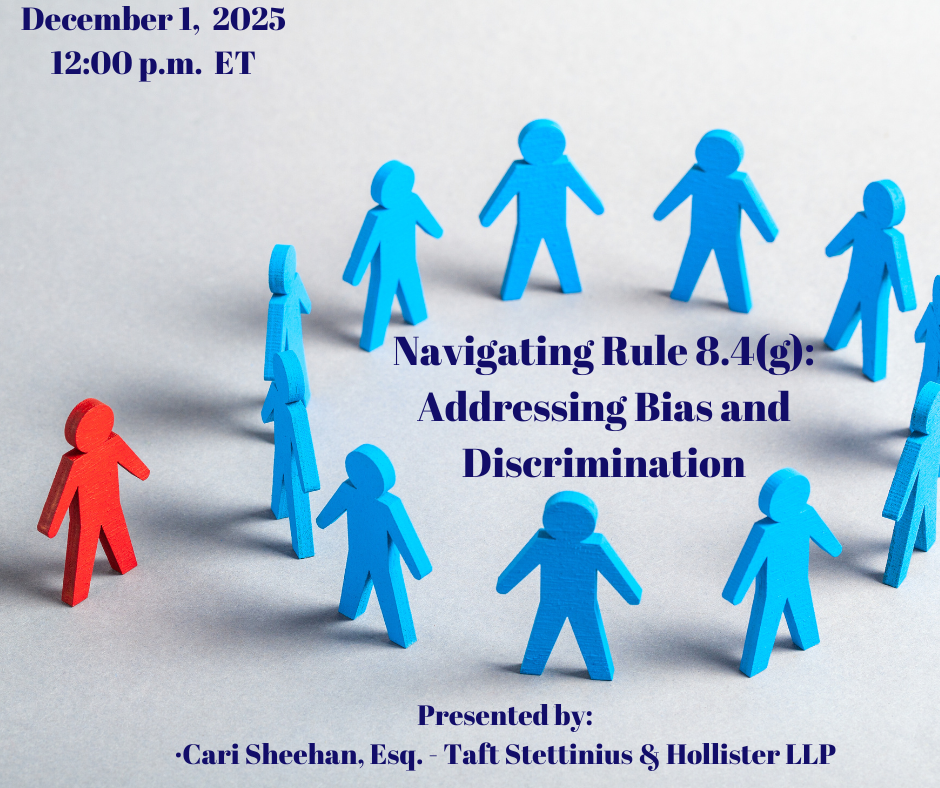
Navigating Rule 8.4(...
Bias and discrimination continue to shape workplace dynamics, legal practice, and professional respo...
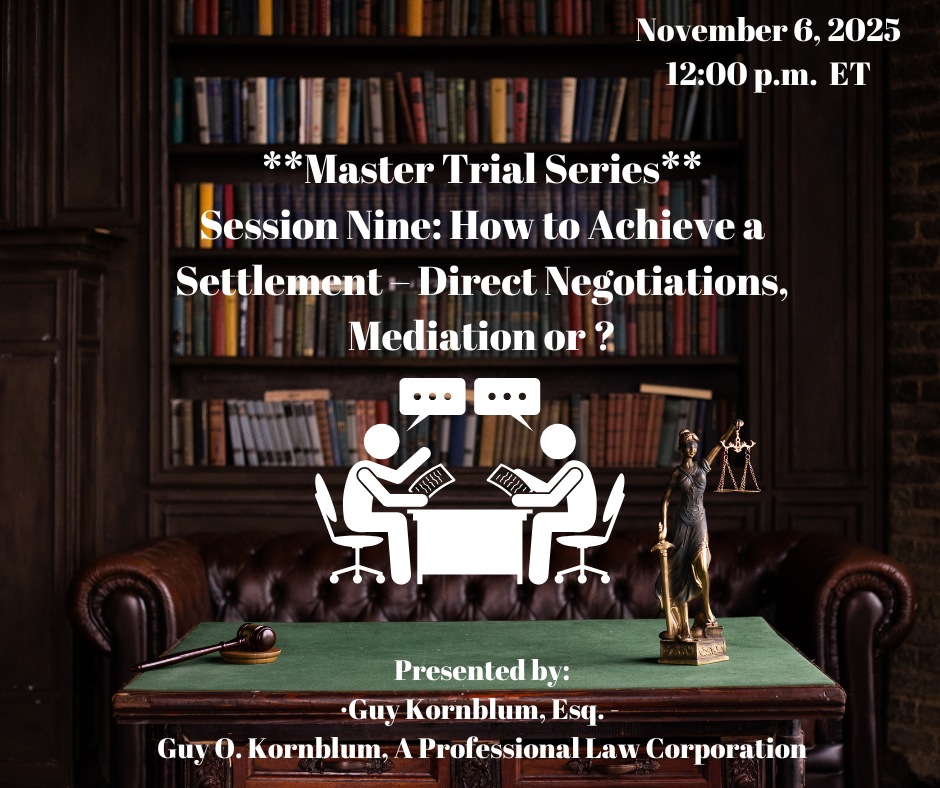
Master Trial Series ...
Session 9 of 10 - Mr. Kornblum, a highly experienced trial and litigation lawyer for over 50 years, ...
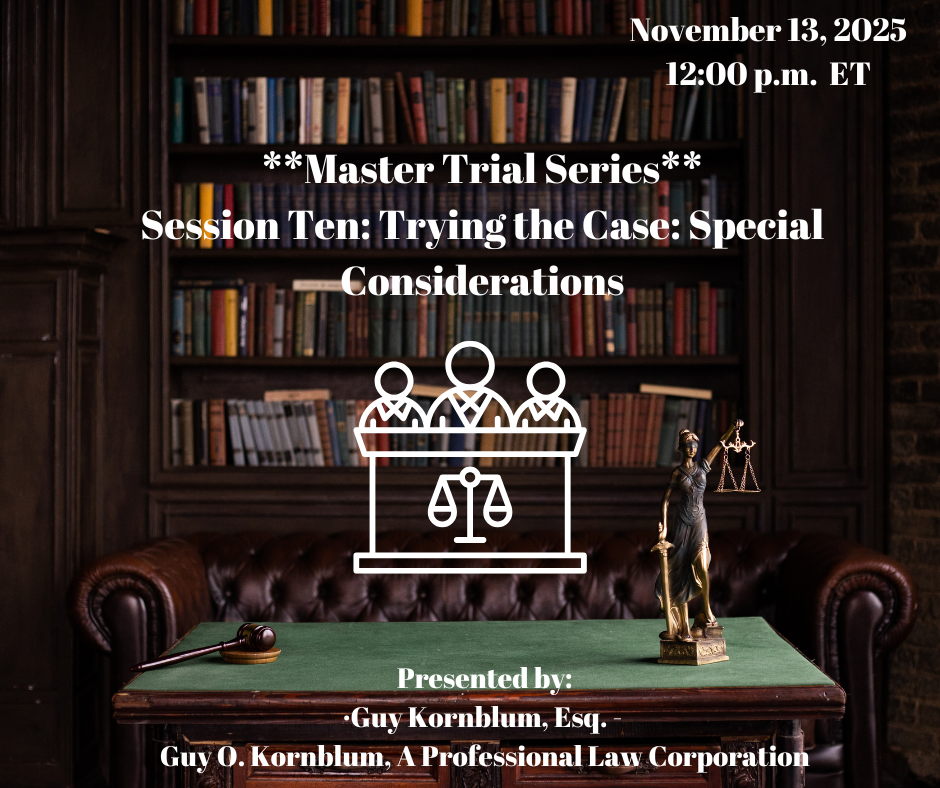
Master Trial Series ...
Session 10 of 10 - Mr. Kornblum, a highly experienced trial and litigation lawyer for over 50 years,...
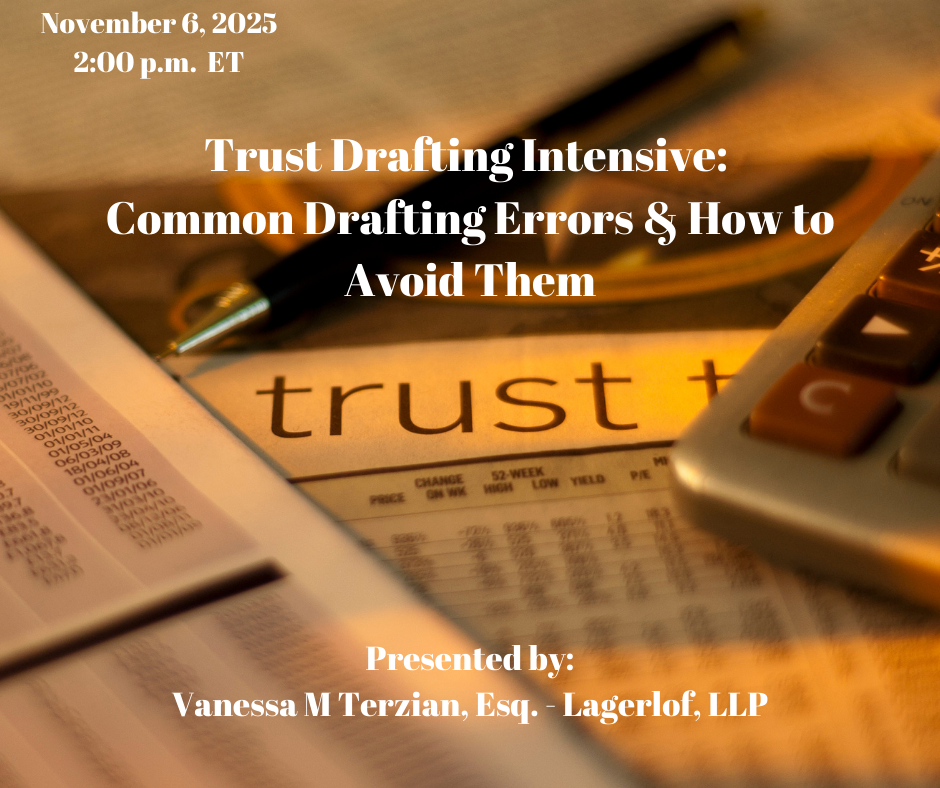
Trust Drafting Inten...
In this presentation, Vanessa Terzian uses examples from actual client documents to demonstrate comm...
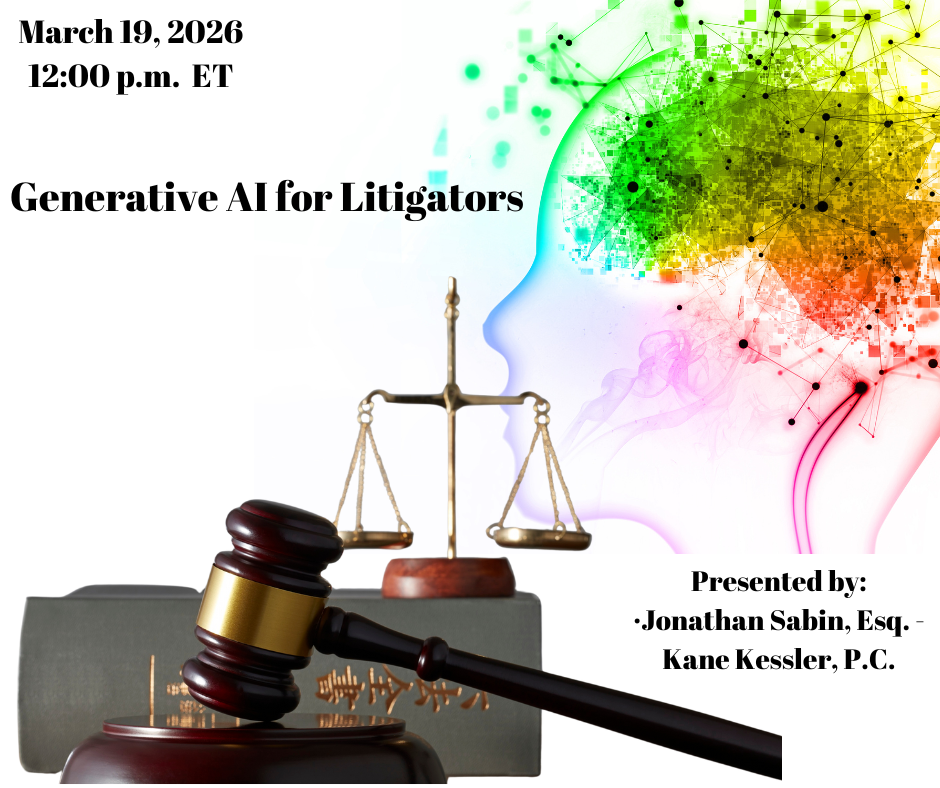
Generative AI for Li...
Explore the transformative potential of generative AI in modern litigation. “Generative AI for...

Practical Guide to O...
This program will cover the sources from which practitioners can gather documents, witnesses, and ot...
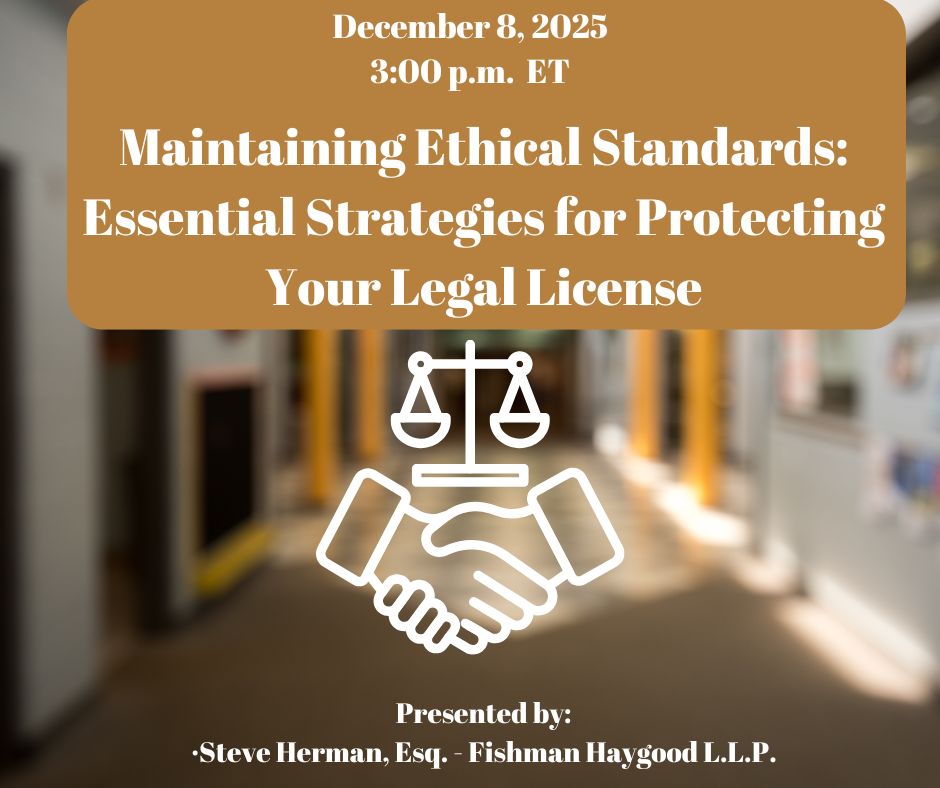
Maintaining Ethical ...
Join Steve Herman on December 8, 2025, for "Maintaining Ethical Standards: Essential Strategies for ...